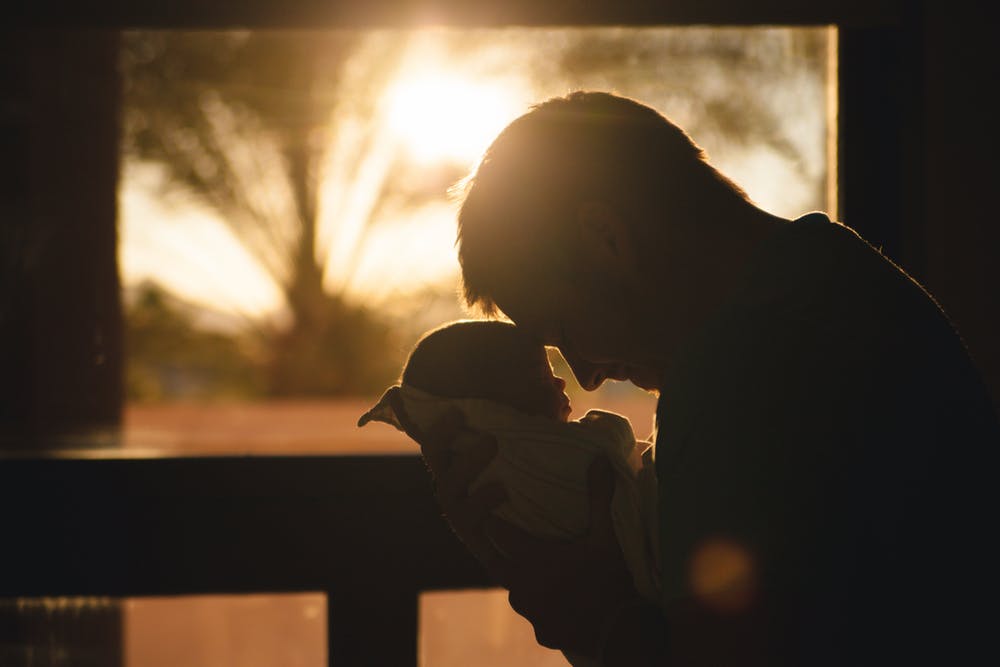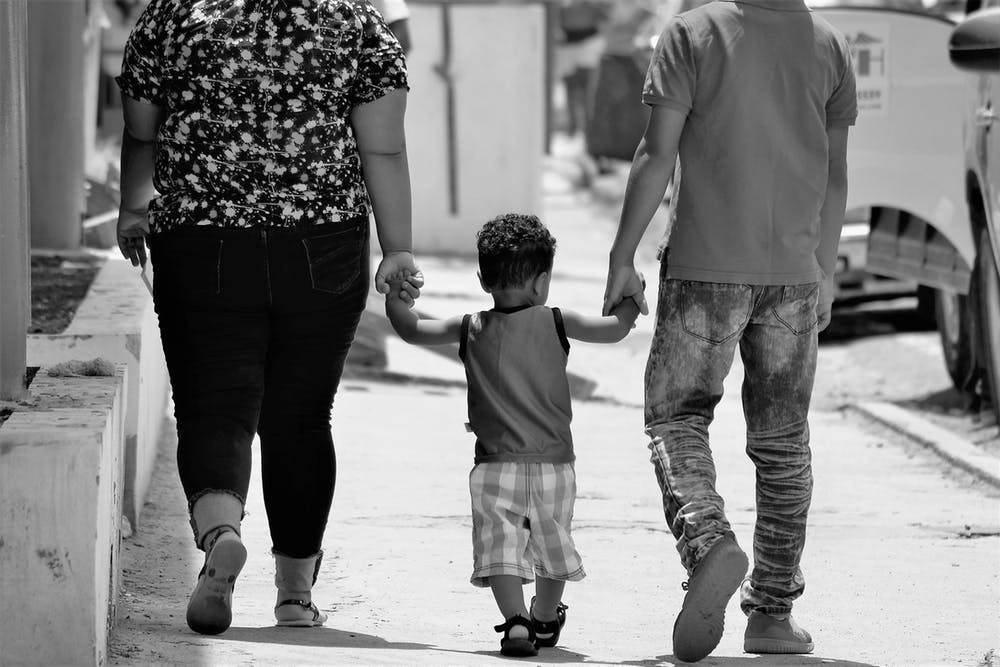“Adoption carries the added dimension of connection not only to your own tribe but beyond, widening the scope of what constitutes love, ties, and family. It is the larger embrace.”
– Isabella Rossellini
 Our expert contributor, Kelly Kirk-Wentzel provides us with some insight into adoption. Currently, in addition to her private practice, Kelly is an adjunct instructor in the psychology department at Millersville University where she teaches graduate students in clinical psychology. She is a member of the Critical Incident Stress Management team of Lancaster County. One of Kelly’s clinical passions is in the field of adoption, both with adoptees and their families. Along with providing therapy, she also offers trainings to prospective adoptive families. Kelly and her husband have two children who joined their family through adoption.
Our expert contributor, Kelly Kirk-Wentzel provides us with some insight into adoption. Currently, in addition to her private practice, Kelly is an adjunct instructor in the psychology department at Millersville University where she teaches graduate students in clinical psychology. She is a member of the Critical Incident Stress Management team of Lancaster County. One of Kelly’s clinical passions is in the field of adoption, both with adoptees and their families. Along with providing therapy, she also offers trainings to prospective adoptive families. Kelly and her husband have two children who joined their family through adoption.

BONDING AND ATTACHMENT WITH YOUR NEW BABY AFTER ADOPTION
Becoming a parent is a life changing experience! It brings joy, wonder, sleepless nights, and much love. When your child joins your family through adoption, a parent experiences all this and more. Many parents adopting worry about bonding with their newborn child. It is important to understand the difference between bonding and attaching. Bonding is establishing a shared relationship based on a shared experience, such as when parents bond over parenting stories. Attaching is forming an emotional connectedness with another human being, and this process begins at birth and is developed by 24 months. Attachment is based on a repetitious meeting of needs that creates trust in a child’s primary relationships-his parents. In newborns, a baby has a need (hunger), expresses that need (cries) and the need is met (child is fed). As this cycle happens countless times a day, the child learns to trust that her needs will be met and secure attachment develops.
There are numerous ways to promote attachment with your adopted child and establish the trust and emotional connectedness needed for healthy development. There seem to be biological reasons that cause babies to be attracted first to their mothers. For this reason, mothers should be the first person to promote attachment with their child by meeting the child’s needs so that the basis for trust is established. Father’s are a very important part of the process as well and also need to meet their child’s needs so that the child feels a secure attachment with both parents.
Here are some ways to promote attachment with your child:
- Maintain physical presence
- Carry infant in a chest carrier as often as possible. This allows for physical closeness and the feeling of security.

- When at the pediatrician’s office, don’t be the one to hold the child for shots. Be the one to comfort him afterwards. This gives a message that you are safe and can offer comfort.
- Be the person to meet the needs of your baby, ie: you feed, change, bathe and comfort the baby. The goal is to have your baby first securely attach to you in that they trust that you are the one to meet their needs. This doesn’t mean grandparents or aunts/uncles can’t help (that is important!), but you should be the primary person.
- Sleep. This is an area that sparks many opinions. In the book, Toddler Adoption:The Weaver’s Craft, by Mary Hopkins, she states, “Always assume that a request for parental contact and comforting represents a need for a toddler (or infant) struggling to develop attachment and meet that need on demand.” This is an opportunity where you can offer your child comfort, physical contact and security.
- Cocooning. When your baby comes home, this is a great time to circle the wagons and keep your circle small. This allows for much one on one time to promote attachment. There is no set time for this, but for a period it allows you to build an extremely important foundation of attachment with your child with few outside distractions.
- Encourage eye contact. This can be done with babies by gently turning their heads towards you as you bathe them, feed them, sing to them.
- Use the same lotion for you and your child. The scent will remind the child of you and offer comfort in your absence.
Promoting attachment with your new baby sets a foundation of health for a lifetime and is one of the most important gifts you can give her. Enjoy the process as you and your baby begin your journey together!
3 THINGS TO CONSIDER AFTER ADOPTING YOUR BABY
When your child joins your family through adoption, there are a number of areas to consider as you begin your new life together. Some considerations will vary depending on infant vs. toddler adoption, and domestic vs. international adoption. However, the following five thoughts reflect areas common to all adoptions.
- You will be full of joy, love, and exhaustion
Building your family through adoption is a gift. Your new baby will fill your heart with joy and you will feel a protective love. You have become parents and your child has become part of a family. Many new adoptive moms underestimate the exhaustion they will feel parenting a new child. They mistakenly think that because they do not have to physically recover from giving birth that they will have boundless energy. Taking care of another human takes lots of attention and care and to have the energy to do this, it is imperative to get rest when you can!
- Protect your child’s privacy
You will be very excited that your child has joined your family, and in that excitement it is easy to reveal too much about your baby’s background to others. This is your child’s story and he or she should know their history first and be able to decide what to share with others. You will be asked questions by many well meaning people, and it is perfectly fine to share non-specific details. However, if the questions are too invasive such as “How much did your adoption cost?” or “Why was your child placed for adoption?” reply “That is private family information.” Again, your child needs to know his or her history first. Knowing their individual, unique story is a cornerstone of healthy identity development.
- Use positive adoption language
The language of adoption is filled with expressions that ultimately shape the perceptions of children as they hear us use that language. Rather than say, “is adopted” say “was adopted.” This states that your child did join your family through adoption and that it was a one time occurance. Rather than “real parent”, say “birthparents.” You, as an adoptive parent, are very much “real.” The individuals that gave birth to your child are his or her birth mother and birth father. This gives your child a positive understanding of the adoption triad and the importance of both birth parents and adoptive parents in their life. When someone asks you, “is he your real child,” reply, “Yes, he is my child and he joined our family through adoption.” Educating others is important as we advocate for our children.



